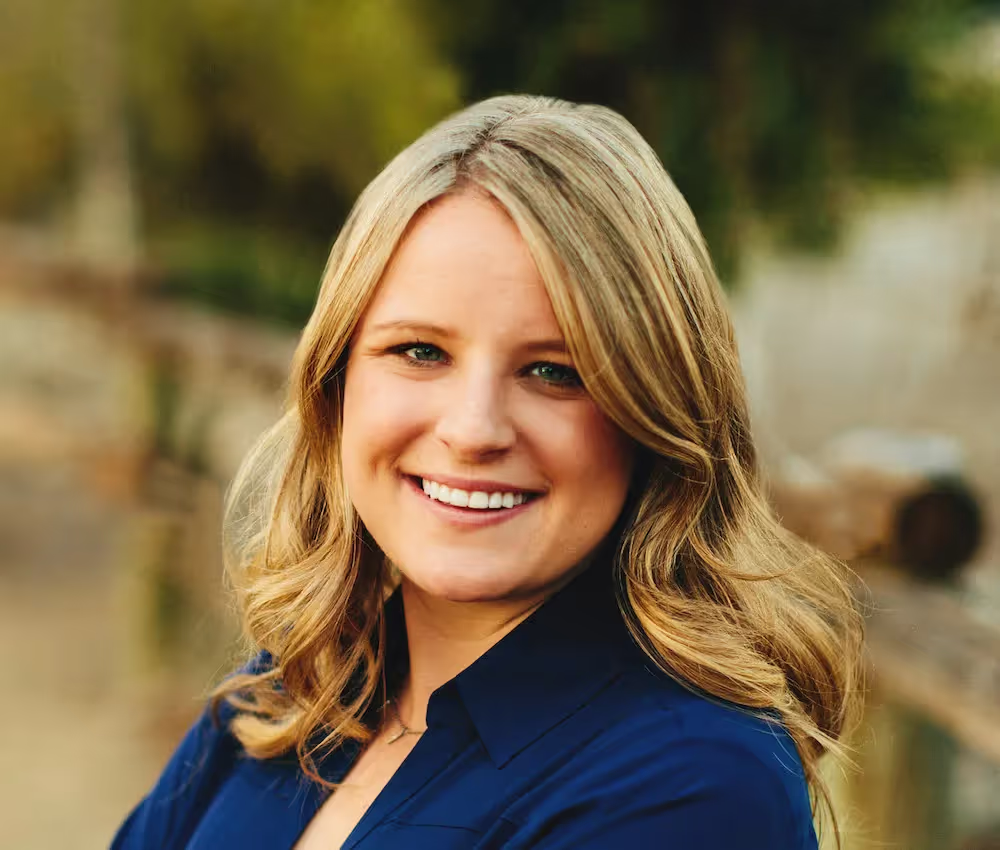Many user researchers have a built-in audience. They work for companies with large, established customer bases. When conducting user research, they know where to go, and they often are able to make solid hypotheses based on how the audience currently responds to the product.
However, not every researcher, especially those at early stage startups, has the gift of a customer base. These researchers have to get creative. In order to build a product from scratch—one that provides value to their audience—they have to get scrappy.
To learn more about conducting user research at an early stage startup, we talked with Erik Zahnlecker, Co-Founder and COO at Allocate, a startup that provides an advanced time tracking product backed by artificial intelligence.
Lessons from Stanford’s Lean Launch Pad
Erik and his co-founders nurtured the idea for Allocate while taking a course at Stanford University. The class, called Lean Launch Pad, taught graduate students about customer development. “As part of the class, we interviewed our potential audience—who we thought our users might be—to see if the solution we had in mind was truly addressing a pain in the market,” said Erik.
According to Erik, the class combats a problem that plagues startups, which is, "Oh, we have this great technology or we have this idea. Let's build it. Let's throw it in a market. But then when the product does hit the market, it flops."
Through Lean Launch Pad, Erik and his co-founders discovered a need in professional services for better time tracking. “We talked with over 100 people, and learned that there was a lot of room for improvement in most agencies,” said Erik. “Not only that, but we knew these improvements would lead to efficiency gains, profitability increases, and hopefully an overall increase in happiness and the ability for individuals to focus on the work they love.”
How to Talk with 100 People
Because Allocate didn’t have an existing customer base, the team had to go out and find prospective users to interview. The team started with their own network, which wasn’t huge in the professional services landscape, and expanded to industry lists, finding emails on websites or wherever they were available. Once they had the list in place, they also used a Google Apps script to send batches of automated emails all at once.
“It wasn’t difficult to get ahold of people,” said Erik. “We told them we were Stanford students looking for help, and wanted their insights based on their experience and expertise.”
The team got a 20% response rate, which is very high for cold emails. “We got a lot of responses mostly because these prospective users knew we weren’t selling anything,” said Erik. “We were just asking for their advice.”
Once the team had secured users for conversations, they could begin having conversations about the problems facing their target market.
Video calls > Phone calls
We realized we were on to something every time someone stopped and said "If you did this, I’d buy it. Can I have it now?
It takes a lot of time to chat with 100 people, but Erik and his team dedicated all their time and energy to learning what they could from the people they wanted to serve. “We had a four-person team in the class, so we each had to do a few interviews every week, such that our team did 10 interviews at least every week,” said Erik.
But Erik and his team did more than pick up the phone. Early on, the team recognized that video calls would be a more fruitful method than a phone call. “If you really want to gauge what someone's thinking, you want to be able to see them,” said Erik. “If you do it over phone, it's easy for them to seem like they're interested and be really nice to you, but you can't read their body language.”
As Erik and his team conducted more video calls, they noticed a trend. “We realized we were on to something every time someone stopped and said "If you did this, I’d buy it. Can I have it now?,” said Erik. “Those are the kind of responses you're looking for rather than ‘Oh yeah, that seems really cool.’”
When it comes to interviewing potential users, you have to remember that everybody wants to be nice. “No one really wants to tell you to your face that you have a poor idea, so it's helpful to know what to look for to know whether you’re on the right track.”
Going Beyond the Classroom and Transitioning to Product Development
The premise of Lean Launch Pad is customer development, where teams focus on vetting a pain point, and finding out whether a hypothesized solution could address it. However, the course isn’t designed to focus very much on how the user research and customer development informs how to build a product.
“It was great to talk to people, and they had great ideas about what we could do, but it didn’t help us that much with the in-the-weeds building of the product,” said Erik. “It did help us determine a direction of where we wanted to go. It gave us a North Star.”
In order to actually use customer feedback to help build the product, Erik and his team had to take it a step further and show users high fidelity, interactive mockups. “Though we used some mockups in the Lean Launch Pad to convey our ideas to our interviewees, they were too high level to be useful in our product development. Therefore, taking it a step further and creating high fidelity, interactive mockups became super useful to us,” said Erik.
Staying Lean By Using Prototypes
This type of feedback is really the most useful because people are actually able to interact with something that looks very close to what you're thinking about building,
When Erik and his team started Allocate, everyone on the team read Sprint: How to Solve Big Problems and Test New Ideas in Just Five Days by Jake Knapp. “The book’s premise is that when you have a problem you need to solve, you should rapidly prototype a solution in a week. At the end of the week, you test your solution with five people,” said Erik.
According to Sprint, every day of the week you're supposed to do something different, but at the end of the week you have a high fidelity mock-up, nothing more. It could be in sketch, it could be literally on paper. No matter what you have, you should be able to bring it to someone who would be your ideal customer and ask: What do you think about this?
“This type of feedback is really the most useful because people are actually able to interact with something that looks very close to what you're thinking about building,” said Erik. “So it takes it from the conceptual to the actual interactive level, which for us, we found to be most useful when we were actually developing the product.”

Erik and his team used a combination of Sketch and InVision to create interactive prototypes that simulated a real interface. When users click, it actually changes the screen, so users see what it would look like as a real application. “We found this to be a powerful strategy because we were able to make many iterations on product—week after week—until we’d created a strong product,” said Erik.
Erik’s Final Advice For Early Stage Startups Conducting User Research: Stay Lean
The team at Allocate was able to conduct user research, create prototypes, and then ultimately build a product ready for market. According to Erik, the common thread through all their work was a focus on staying lean.
Erik offered two final bits of advice to other researchers with a new product:
1. Determine there’s a need in the market—and that your solution truly addresses that need.
“Make sure you're speaking to lots of people and really trying to suss out if they're being nice or if this is something that they would pay you right then and there for. People really want to be nice and tell you your idea is great, but their true intentions come out when they are asked to open their wallet” said Erik.
2. Leverage mockups throughout your product development—and share them.
“If you’re building an initial feature, please don't go and build that application and then put that in front of your users or your beta testers,” said Erik. “Instead, do high fidelity, potentially interactive mockups. You'll be able to get the same insights requiring 1/5 to 1/10 the amount of time. Plus, patterns begin to emerge after you've spoken to about five people, so you don't have to speak hundreds of people to see if what you've prototyped is on the right track or not.”
Want to contribute to User Interviews content? Here’s how.



















